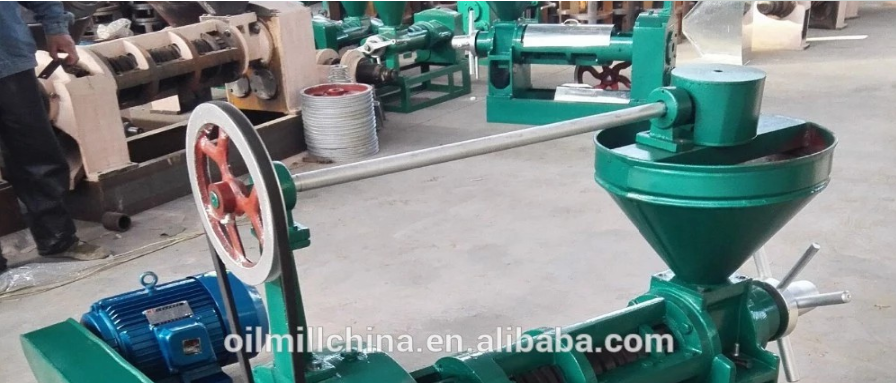Nov . 07, 2024 12:48 Back to list
Camellia Seed Oil Extraction and Processing Equipment for Efficient Production
Camellia Seed Oil Production Line A Comprehensive Overview
Camellia seed oil, extracted from the seeds of the Camellia plant, has been cherished for centuries for its numerous health properties and culinary uses. The production line for camellia seed oil is a significant process that not only ensures the quality of the oil but also maximizes yield. This article will delve into the various stages of camellia seed oil production, highlighting the equipment, techniques, and best practices utilized in this industry.
Sourcing of Raw Materials
The first step in the camellia seed oil production line is the sourcing of high-quality camellia seeds. Primarily found in regions like East Asia, the seeds must be harvested at the right time to ensure optimal oil content. This requires skilled labor and knowledge of the harvesting cycle. After harvesting, the seeds are cleaned to remove any foreign materials, ensuring only the best seeds enter the production process.
Seed Preparation
Once cleaned, the seeds undergo a preparation stage, which may include drying and dehulling. Drying the seeds is crucial as it helps reduce moisture content, thereby preventing spoilage and enhancing oil extraction efficiency. Dehulling involves removing the hard outer shell of the seed, allowing for higher oil extraction rates. The preparation process can significantly impact the quality of the final oil product, making it essential to adhere to industry standards.
Oil Extraction
The extraction of camellia seed oil is a critical phase in the production line. There are two primary methods for extracting the oil cold pressing and solvent extraction.
1. Cold Pressing This traditional method involves mechanically pressing the seeds to extract oil without applying heat. Cold-pressed camellia seed oil is highly valued for its rich flavor and nutritional benefits, including high levels of omega-3 and omega-6 fatty acids. The equipment used in cold pressing includes expellers that carefully apply pressure to the seeds, ensuring minimal loss of flavor and nutrients.
camellia seed oil production line

2. Solvent Extraction In contrast, solvent extraction utilizes organic solvents like hexane to dissolve the oil from the seeds. This method is more efficient, particularly for larger production scales, allowing for maximum oil yield. However, it is essential to refine the extracted oil to remove any solvent residues, ensuring the product is safe for consumption.
Refining Process
The crude camellia seed oil extracted from either method often requires refining to eliminate impurities, color, and odors. The refining process typically involves degumming, neutralizing, bleaching, and deodorizing. Each step is designed to enhance the oil's quality
- Degumming Removal of phospholipids. - Neutralizing Elimination of free fatty acids. - Bleaching Removal of pigments and impurities. - Deodorizing Removal of volatile compounds that contribute to unwanted odors.
This multi-step refining process ensures that the final product meets both consumer and regulatory standards.
Packaging and Distribution
Post-refining, camellia seed oil is ready for packaging. Packaging materials need to be high-quality and suitable for preserving the oil's freshness and nutritional properties. Bottles should be dark to protect against light, which can degrade oil quality. Once packaged, the oil is distributed to retailers or directly to consumers.
Conclusion
The camellia seed oil production line is a carefully orchestrated process that transforms raw seeds into a refined oil rich in flavor and health benefits. By adhering to best practices across sourcing, extraction, refining, and packaging, producers can deliver a high-quality product that meets the demands of health-conscious consumers. The growing popularity of camellia seed oil in culinary and cosmetic applications highlights the importance of a robust production line that honors traditional methods while embracing modern innovations.
-
Sunflower Oil Seed Press Machine - High Efficiency, Durable & Cost-effective Extraction
NewsJun.24,2025
-
High-Efficiency Physical Oil Refining Unit - Leading Exporters & Trusted Companies
NewsJun.10,2025
-
High-Efficiency Animal Oil Refining Machine - Leading Exporters & Reliable Companies
NewsJun.10,2025
-
Camellia Oil Mill Machine for Efficient Oil Extraction Leading Exporters & Companies
NewsJun.10,2025
-
Premium Pressing Shaft for Oil Press Machines Exporters
NewsJun.10,2025
-
High-Efficiency Centrifugal Filters Durable Industrial Separation
NewsJun.10,2025
